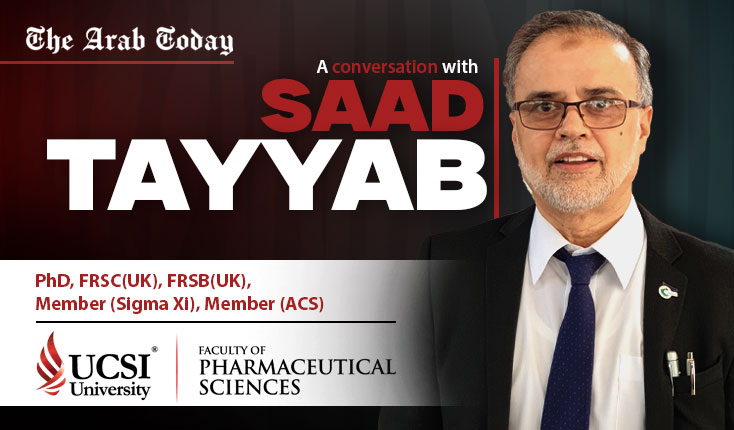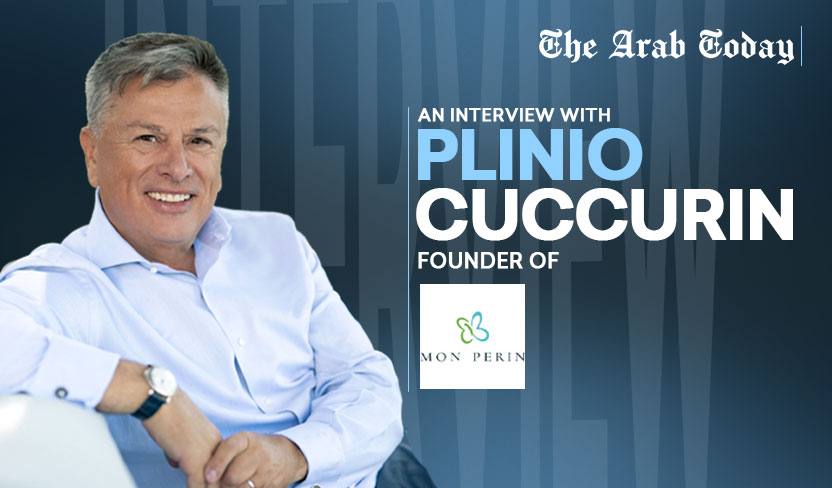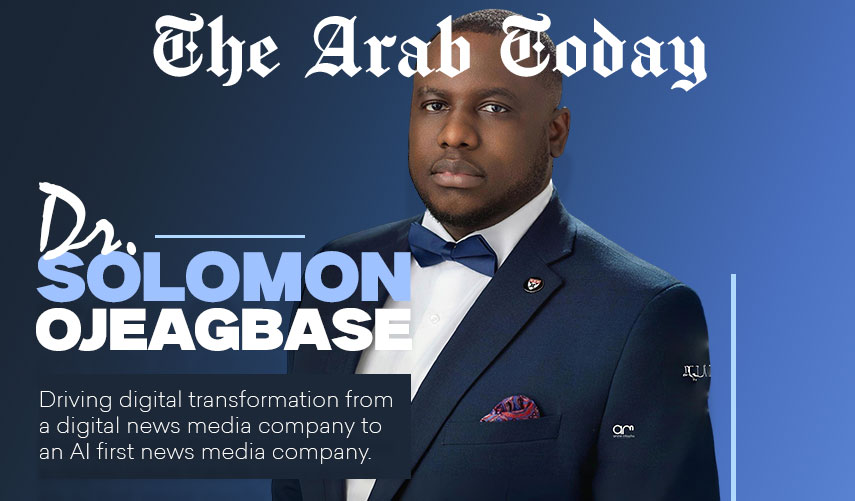Saad Tayyab Interview
Prof. Saad Tayyab, with over four decades of experience in teaching and research, is a distinguished biochemist who has built a global career spanning India, Ethiopia, and Malaysia. Specializing in protein biochemistry and drug–protein interactions, he has led multidisciplinary projects, mentored numerous graduate students, and made significant contributions to translational pharmaceutical research. His integrated approach—combining spectroscopy, calorimetry, and molecular modeling—reflects a deep commitment to impactful science. Passionate about education and innovation, he continues to shape the next generation of scientists while advancing the frontiers of pharmaceutical chemistry through collaboration, adaptability, and purpose-driven research.
A Lifelong Journey through Science
We started the interview by asking, “Can you summarize your academic and professional journey and highlight the experiences that most prepared you for this role?”
Saad Tayyab replied, “I hold a Ph.D. in Biochemistry from Aligarh Muslim University, India and bring over 37 years of teaching and 42 years of research experience across institutions in India, Ethiopia, and Malaysia. My academic journey has centered on protein biochemistry, with a particular focus on drug–protein interactions, protein stability, and structure–function relationships – areas that align closely with the core of pharmaceutical sciences.
Having served as a Professor at Universiti Malaya and currently at UCSI University, Malaysia, I’ve led multidisciplinary projects, published extensively, and mentored numerous postgraduate students. These experiences have not only deepened my scientific expertise but also enhanced my leadership, adaptability, and commitment to academic excellence—qualities I believe strongly prepare me for this role.
Teaching and research are my true passions. A lesson I learned early from both my father and my mentor was: “There should be meaning to your life.” For me, that meaning lies in contributing to humanity through quality education and impactful research. I believe that if I can help shape even one student into a great scientist and thoughtful contributor to society, I have fulfilled my purpose.”
A Strategic Blend of Techniques
The Arab Today: Your research has spanned spectroscopy, calorimetry, and molecular modeling. How do you decide which methods to apply to a given protein interaction problem?
Saad Tayyab replied, “When approaching a protein interaction problem, I begin by clearly defining the research question—whether the goal is to determine binding affinity, elucidate binding sites, or understand conformational changes. The choice of method depends on the level of information required. For instance, I often use fluorescence and UV-visible/CD spectroscopy as initial screening tools to detect binding events and assess changes in protein structure. When thermodynamic parameters are essential, I rely on isothermal titration calorimetry (ITC), as it provides direct measurements of binding enthalpy, entropy, and stoichiometry. To gain structural and spatial insights into the binding site, I use molecular docking and dynamics simulations. These tools allow visualization of interactions at the atomic level and help guide experimental design.
I typically adopt a complementary approach—integrating multiple techniques—to validate results and achieve a more comprehensive understanding of the interaction. This strategy ensures that each methodological choice is both scientifically sound and aligned with the specific objectives of the study.”
Making Biochemistry Engaging
The Arab Today: Describe your teaching philosophy and how you engage students in complex topics like enzyme stability or drug–protein binding.
Saad Tayyab replied, “My teaching philosophy is grounded in clarity, curiosity, and connection. I strive to make complex topics – such as enzyme stability or drug–protein binding – accessible by breaking them down into core concepts and progressively building understanding through real-world examples, research case studies, and visual aids.
I believe students learn best when they can connect theory to application. To support this, I often incorporate data interpretation exercises, molecular modeling tools, and interactive discussions that promote critical thinking. I also emphasize active engagement through problem-solving sessions, group work, and guided inquiry, helping students internalize biochemical mechanisms rather than rely on rote memorization.
In essence, my goal is to foster a collaborative and intellectually stimulating environment where students feel confident exploring advanced scientific ideas and developing their own analytical approaches.”
Mentoring with Structure, Support, and Scientific Rigor
The Arab Today: You’ve supervised numerous graduate theses across biochemistry and pharmaceutical chemistry. What’s your approach to mentoring Ph.D. candidates?
Saad Tayyab replied, “My approach to mentoring Master’s and Ph.D. candidates is grounded in providing both scientific guidance and professional development. I aim to foster intellectual independence while offering close support during critical phases of research. Early in the process, I work with students to refine their research questions, design robust methodologies, and establish a clear timeline.
I encourage regular discussions—not only to track progress, but also to challenge assumptions, troubleshoot experiments, and refine analytical thinking. Equally important, I emphasize ethical research practices, scientific writing, and presentation skills to prepare students for successful careers in academia and industry. I also encourage early publication and conference participation to build their confidence and visibility in the scientific community.
Ultimately, my goal is to cultivate a mentoring relationship that is collaborative, constructive, and empowering.”
Breaking Silos for Breakthroughs
The Arab Today: Collaboration is key in multidisciplinary research. Can you give an example of a successful cross-departmental or cross-institutional project you led?
Saad Tayyab replied, “Certainly. Collaboration has been central to much of my research, particularly in projects that bridge biochemistry with pharmaceutical sciences. At Universiti Malaya, I co-led a Ministry of Higher Education, Malaysia-funded High-Impact Research project on ‘Functional Molecules for Lifestyle Diseases’, in partnership with the Departments of Molecular Medicine and Biomedical Science.
The project focused on characterizing the binding interactions of novel anti-cancer and anti-diabetic compounds with human serum albumin, employing a combination of spectroscopic, calorimetric, and in silico methods. This project brought together diverse expertise in drug design, protein chemistry, and computational modeling, leading to multiple high-impact publications and valuable insights into drug pharmacokinetics.
What made the collaboration successful was regular communication, clearly defined roles, and a shared commitment to translational outcomes. This experience reinforced my belief that multidisciplinary teamwork can significantly enhance both the scope and quality of research.”
From Biochemistry to Translational Research
The Arab Today: What’s the biggest challenge you’ve faced in your research career, and how did you overcome it?
Saad Tayyab replied, “One of the biggest challenges I faced in my research career was transitioning from a purely biochemical focus to more applied, translational research in pharmaceutical chemistry. This shift required me to adapt to new methodologies, navigate regulatory expectations, and engage in interdisciplinary collaboration—often beyond my initial area of expertise.
When I moved to Universiti Malaya and later to UCSI University, I embraced this challenge as an opportunity for growth. I actively sought collaborations with medicinal chemists and pharmacologists, participated in workshops on drug development, and gradually reoriented my laboratory’s focus to include drug–protein interaction studies with therapeutic relevance.
This transition not only broadened the scope of my research but also increased its impact and visibility. Overcoming this challenge reinforced my commitment to continuous learning and underscored the importance of stepping beyond disciplinary boundaries to remain relevant and contribute meaningfully to science.”
Future-Focused
Lastly we asked, “Looking ahead, what are your research goals for the next five years, and how would you align them with your institution’s strategic priorities?”
“My research goals are centered on advancing the molecular-level understanding of drug–protein interactions, with a particular focus on protein stability, binding dynamics, and their implications for drug delivery and pharmacokinetics. I aim to integrate spectroscopic and calorimetric techniques with computational modeling to develop predictive tools for ligand binding behavior. Additionally, I’m keen to explore biocompatible nanocarrier systems to enhance therapeutic delivery, especially for metabolic and inflammatory diseases.
These goals align well with our institution’s strategic focus on translational research, interdisciplinary collaboration, and innovation in the health sciences. I also see meaningful opportunities to contribute by mentoring graduate students, strengthening industry-academic partnerships, and securing competitive funding to support high-impact, cross-disciplinary projects.
Ultimately, I hope to contribute not only to the institution’s scientific output but also to its growing reputation as a leading center for applied pharmaceutical research.” Saad Tayyab concluded
Connect with Saad Tayyab on LinkedIn
Also Read:
Alexander Kopenkin on Building InTrouble
Alona Koenig Creating Lasting Memories with Fine Art Photos
Hamid Bin Hilal Al Kindi & H3K: Shaping MENA Business Advisory





